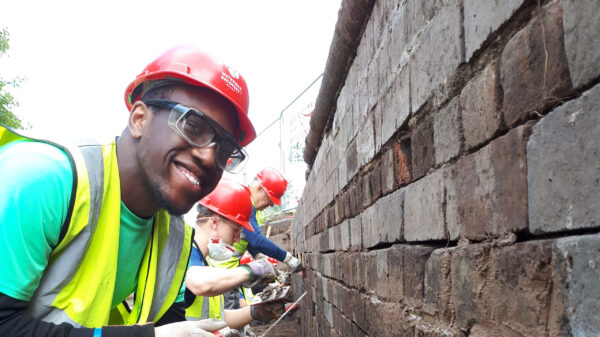Waterways > Bude Canal
Bude Canal
There are two parts of the Bude Canal: the Barge Canal (which was largely restored in 2007 to 2009) and Tub Boat Canal, for which there are no plans for restoration.
Map of the Bude Canal
Facts & Stats
35.5 miles
(57.1 km)
The length of the Bude Canal when fully operational.
1891
Abandoned
Having been completed in 1823, the canal was then closed from the foot of the first inclined plane in 1891, leaving just two miles open.
433 feet
(132 m)
The height the Bude Canal rose from sea level.
Restoration and Conservation
The first 2 miles from Bude inland was a broad canal, with a Sea Lock and two barge locks. This section of canal is open, but is obstructed by the lowered Rodds Bridge, just above the Sea Lock. There is a local campaign to have this bridge restored, and a slipway built.
The remainder was a tub boat canal including 6 inclined planes. Amongst these, Hobbacott inclined plane was the largest with a plane length of 935 feet and a vertical rise of 225 feet.
At Helebridge Basin, the bottom 50 yards of the Marhamchurch inclined plane has been cleared to show how the broad canal changed to the tub boat system. There are no plans to restore the tub boat canal, but Bude Canal & Harbour Society, supported by IWA West Country Branch, campaigns to preserve the remaining structures and public access to them.
Waterway underfunding
Hundreds of miles of waterways – along with their unique heritage and habitats – are currently starved of funding and rely on constant lobbying by us to safeguard their future.
Sustainable Boating
We want boating on canals and rivers to be more sustainable and – even though the current overall contribution to UK carbon emissions is very small – we want to help reduce emissions on the waterways.
Waterways Heritage at Risk
Britain’s canals and rivers are a unique, living heritage. But that heritage is at risk – from urban development, lack of protection, loss of skills and knowledge and climate change.
You can help Save Waterways Heritage.
Waterway restoration
Restoring the UK’s blue infrastructure – our inherited network of navigable canals and rivers – is good for people and places.


